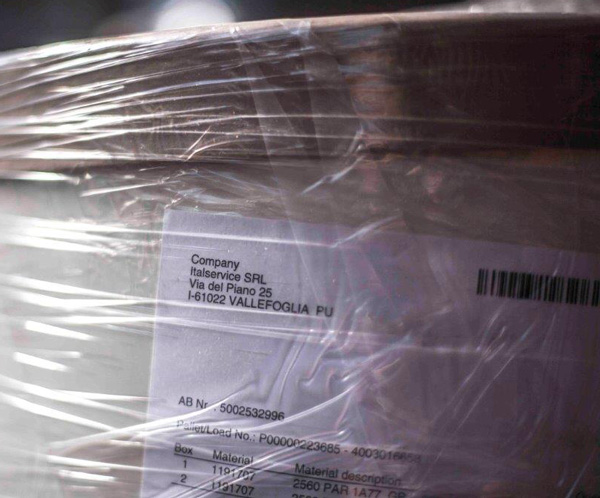ABS edges
The edge mainly used on the current market is that of ABS (Acrylonitrile butadiene styrene), a common thermoplastic polymer also used in the world to create objects of various sizes and functionality, characterized by its excellent resistance to thermo-chemical variations, impact and hardness.
Its excellent mechanical properties, make ABS an extremely flexible and easily workable product, capable of maintaining a consistent color and shape.

ABS: Main Technical Information
| Characteristics | Description |
|---|---|
| Hazard Identification | Non-hazardous substance according to Regulation (EC) No 1272/2008 |
| Chemical resistance | Good according to DIN 68861-1, limited resistance to solvents and acids. For cleaning avoid contact with acetone and ethyl-butylacetate. |
| Back side | Specific primer for processing with EVA or PU based hot melt glues |
| Product Group | ABS (Acrylonitrile-Butadiene-Styrene) – Homogenous Blend and Colors |
| Basic material | Polymer Thermoplastic resistance to mechanical and thermal stress with a density of 1.04 g/cm3. (ISO 1183) |
| Reaction to fire | Normally flammable (DIN 4102). Self-extinguishing class HB |
| Light resistance | Colour resistance to light: UNI EN ISO 4892-2: 2013. Rating 4/5 (100h) |
| Water Absorption (24h) | Substantially Insoluble: 0.3% at 23 μg C. (ASTM D-570) |
| Flexural Strength | 68 MPa with 110 measured on the Rockweel hardness scale |
| Disposal | It is a special waste. It can be disposed of at a special facility |
| Processing temperature | > 18 °C |
| Operating temperature | Range from -20 C° a +80 °C (da -4 a 176 °F) |
| Melting temperature | > 250-280 °C; recommended not to exceed 230 °C |
| Storage | Store horizontally in a closed place not exposed to direct light |
“Our furniture edges are made according to the decorative required to ensure the correct match with the wooden panel.
The wide range of colours and finishes are the right solution for every need”
The wide range of colours and finishes are the right solution for every need”
